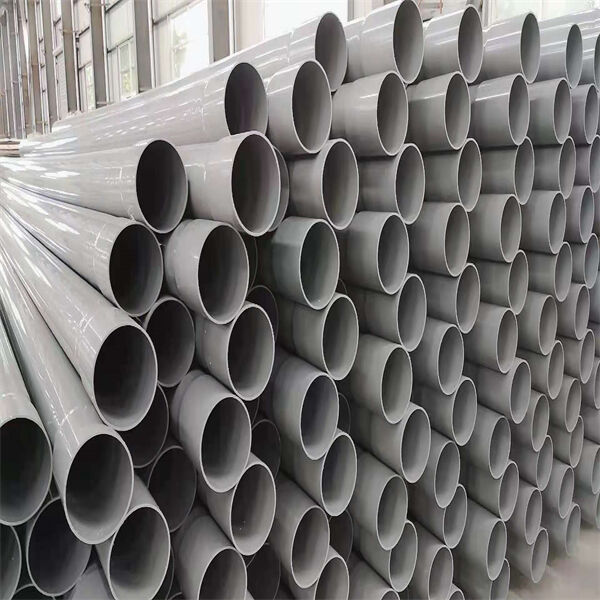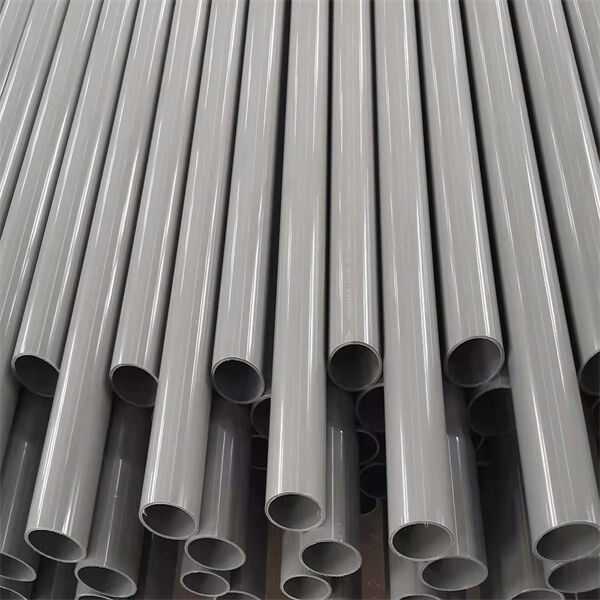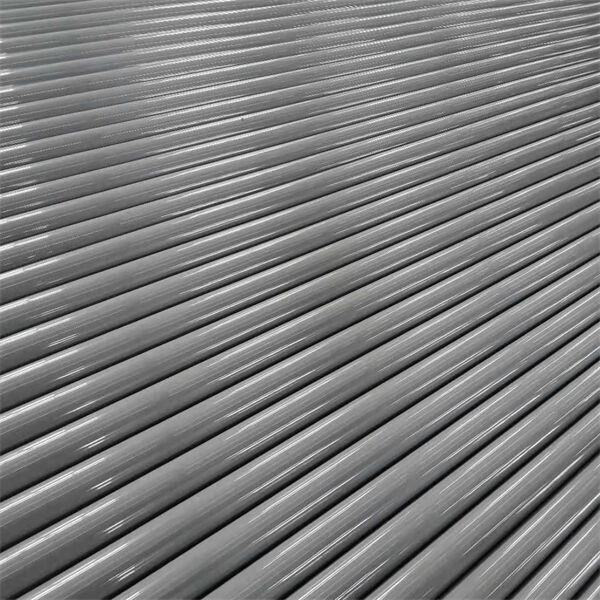So when we see rain falling outside, we can see that water is coming from the roofs of the houses. If not diverted away from the home, this water can create issues. This is where uPVC rainwater downpipes come in really handy! These pipes are used for drainage purposes and ensure the safety of your home by keeping it dry.
uPVC rainwater downpipes have several advantages. The first is that they are incredibly durable and last a long time meaning you won’t have to replace them often. In addition, uPVC pipes are lightweight and easy to install, which makes them an excellent choice for anyone looking to upgrade their drainage system.
So how exactly do uPVC rainwater downpipes aid in drainage? These pipes redirect water from your home to a drainage system or a rainwater tank. With uPVC downpipes, you can prevent water from pooling around your home, which can damage and even turn to mold your foundation.

If you’re considering your home, a simple guide to what you need to know about plumbers of uPVC rainwater downpipes. Blade the downpipe to length to fit the job, and take a measurement first. If you already have a downpipe, then connect your gutters to it using brackets or clips. Aim the downpipe away from your house to ensure proper drainage.

A very significant reason for choosing uPVC rainwater downpipes are environmental benefits. uPVC is a form of plastic that is recyclable and can be remade into new pipes post-use. Choosing uPVC downpipes sets you up for a cleaner world and a more sustainable future for the children to come.

It may be tricky to choose the right uPVC rainwater downpipe for your home, but it need not be. When selecting a downpipe, consider the size of your roof and the amount of rainfall you receive on average. You are also going to want to consider the color of the downpipe and how it will complement the exterior of your house.
Our professional sales team are waiting for your consultation.